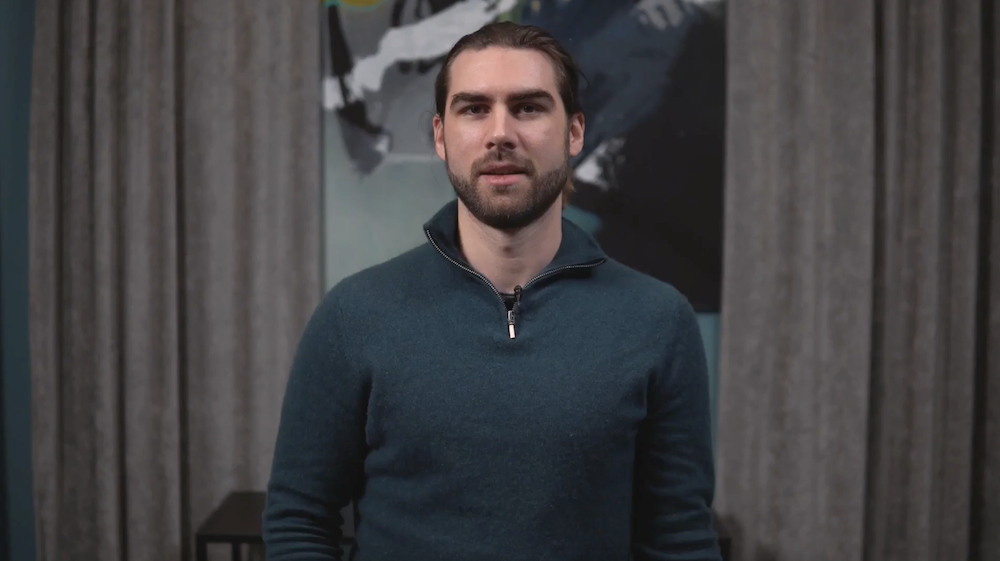Clinically safe
- We employ risk identification and assessment processes for every phase and individual development initiative.
- We use a clinical feedback loop to continually develop and improve the clinical model to improve accuracy.
- Throughout the development cycle we work cross-functionally to ensure technical and architectural components work together in a way that continually delivers on clinical performance and safety.
- We implement in a phased and controlled way to ensure clinical safety.
- Our clinicians undertake continuous evaluation of patient cases to enable rapid identification and response to anomolies.
.jpg?width=600&height=600&name=ima198502-large%20kopiera%20(1).jpg)
%20kopiera.jpg?width=600&height=400&name=f9562214rf%20-%20original%20(924048)%20kopiera.jpg)












